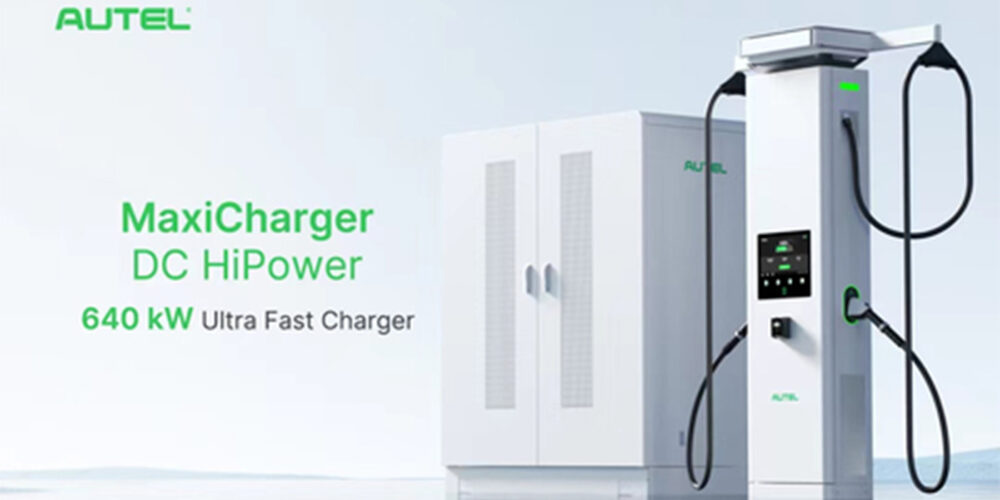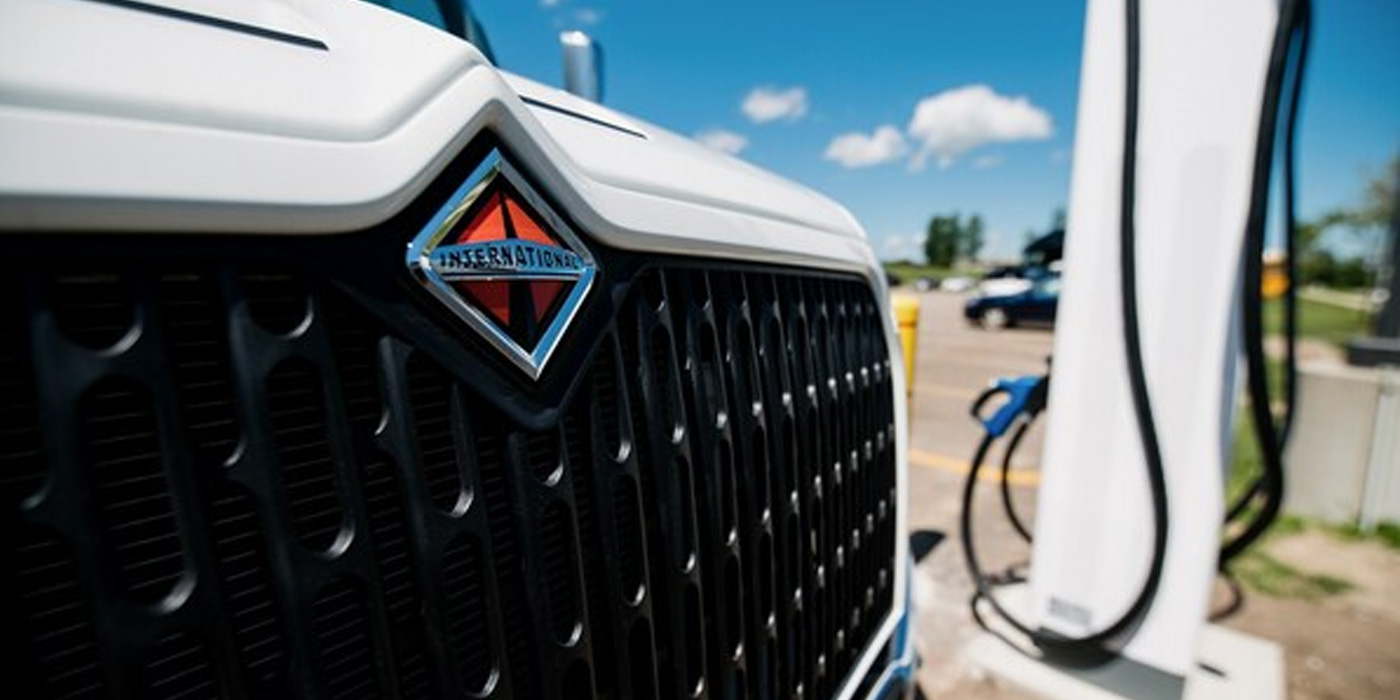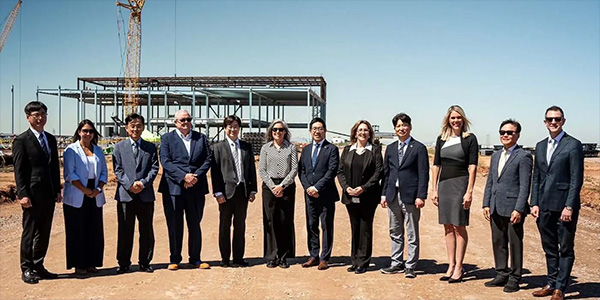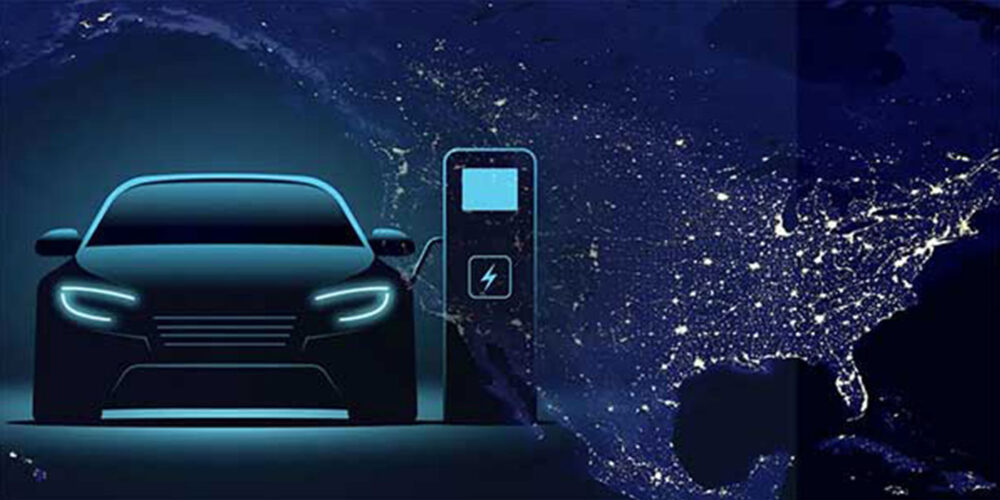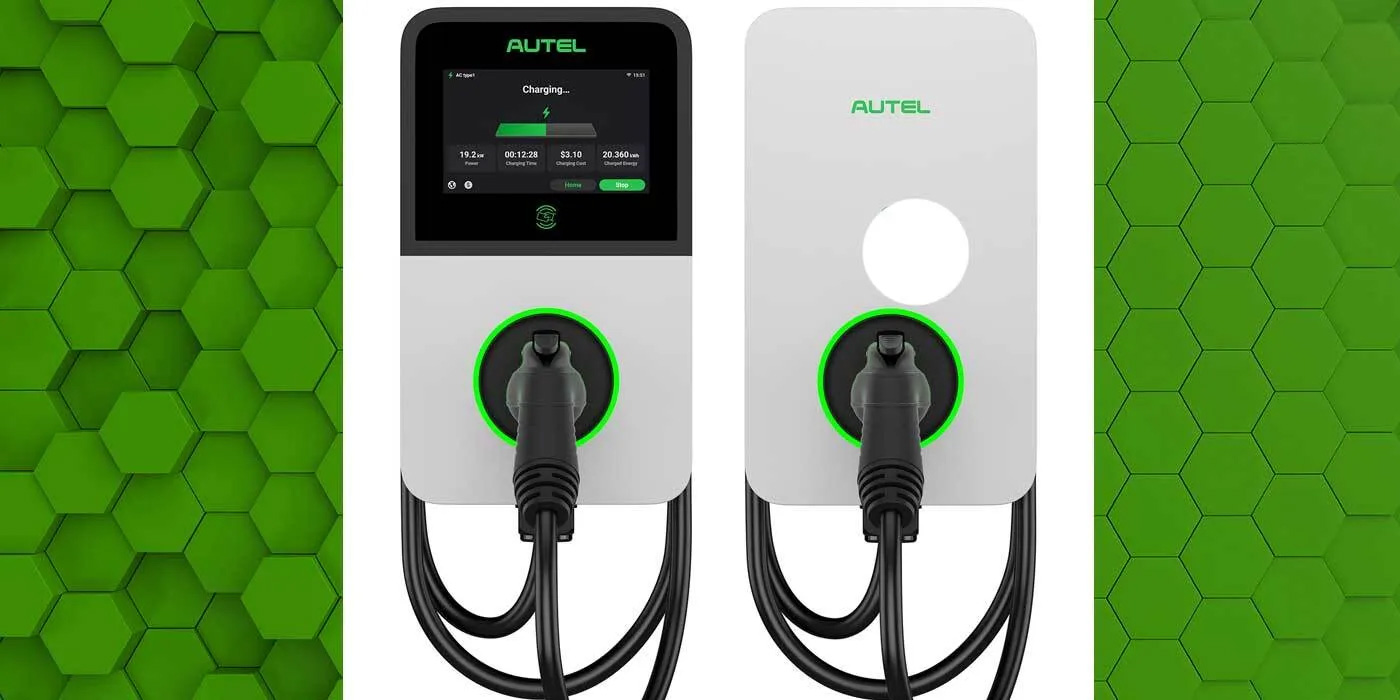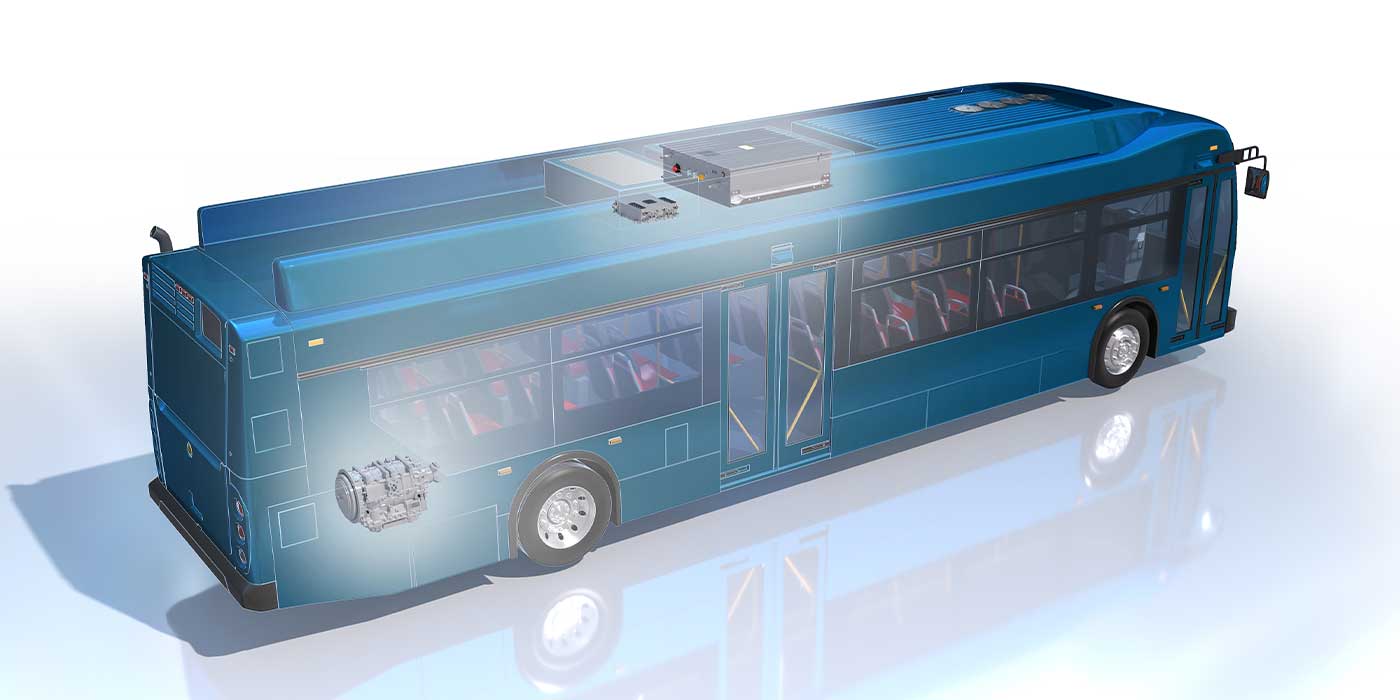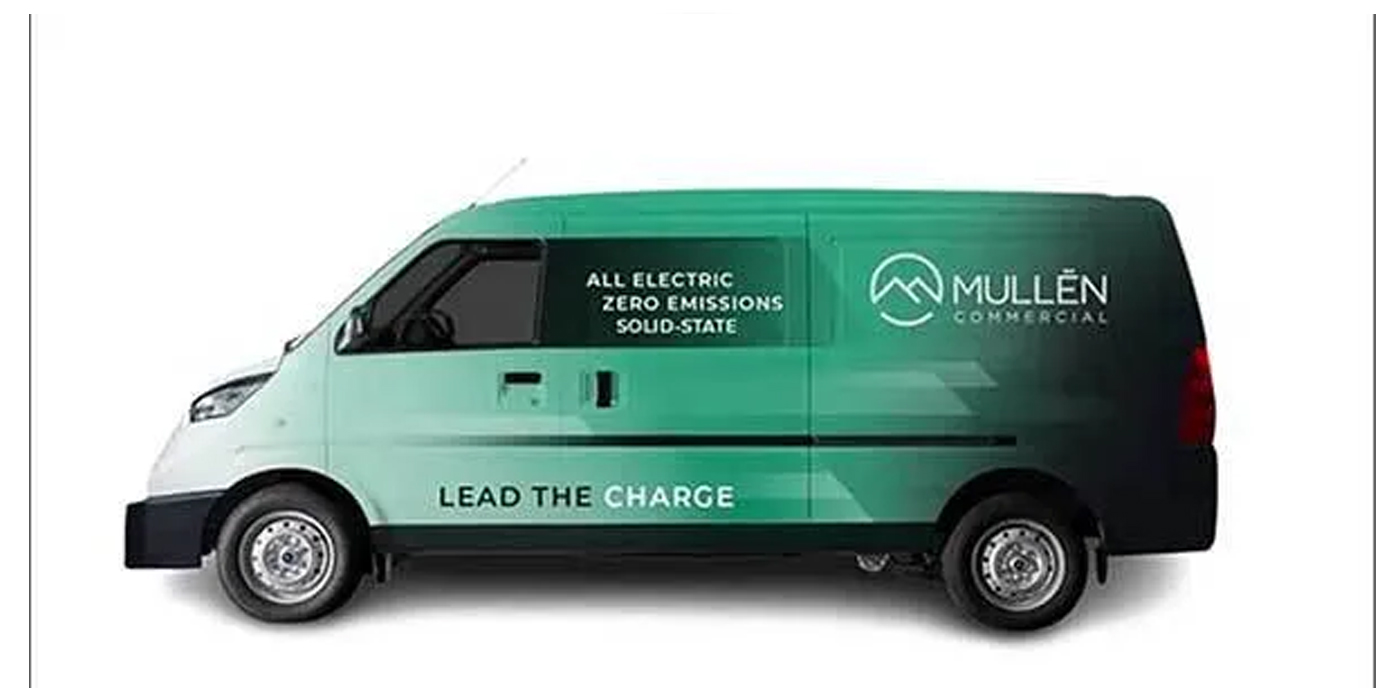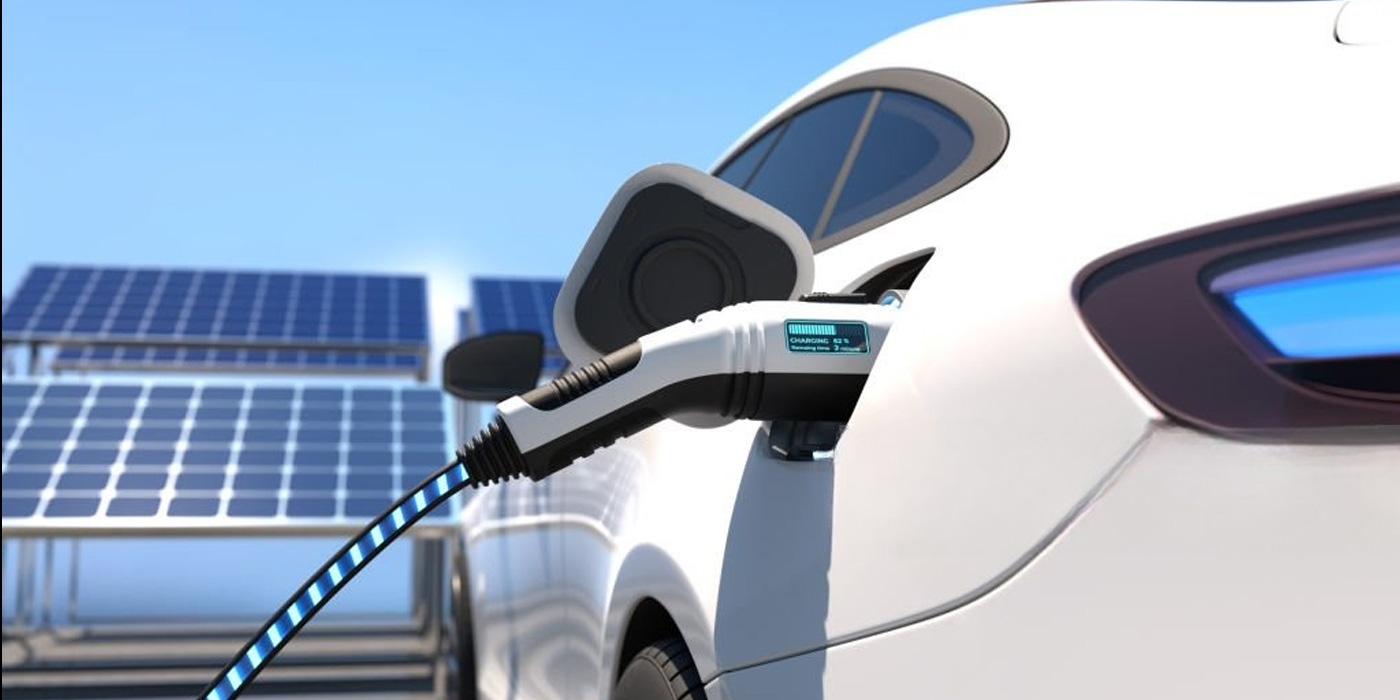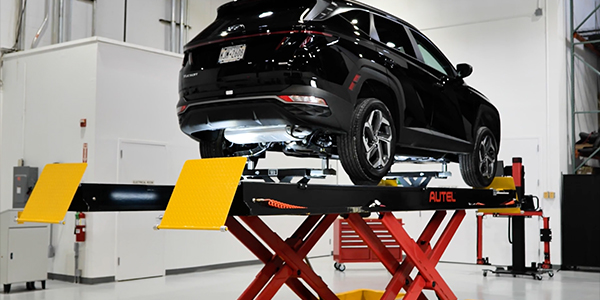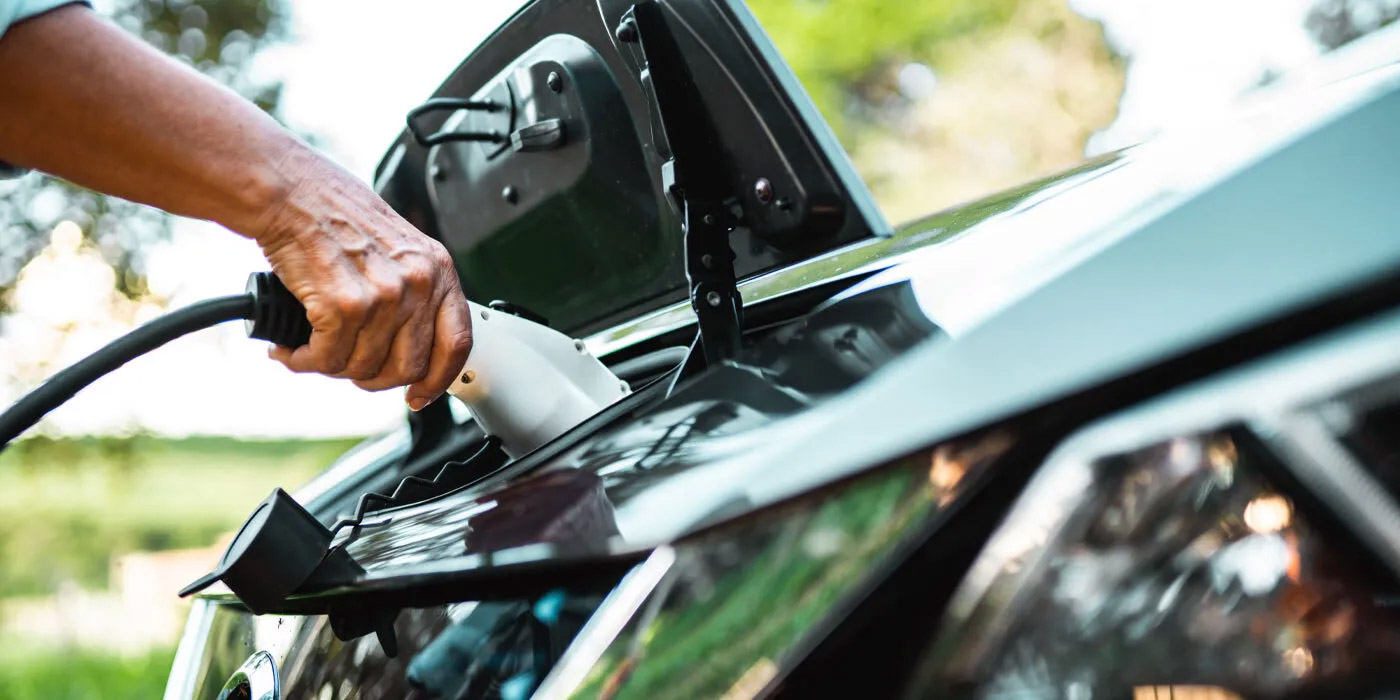Autel Energy has announced the official launch of its latest innovation, the MaxiCharger DC HiPower, now available for customers across the United States. Autel says this charging product sets new industry benchmarks by delivering a remarkable maximum power of 640kW for fast charging needs, making it one of the fastest and most efficient charging solutions for electric vehicles on the market today. The MaxiCharger DC HiPower combines a sleek and modern industrial design with a host of exceptional features to solve the customers’ painpoints:Ultra-Fast Charging to Accelerate Revenue and User Engagement: With a maximum output power of 640 kW, and liquid-cooling technology, it can provide up to a range of 250 miles in just 10 minutes, making it the ideal solution for those in a hurry, whether you’re a consumer on the go or a business with a fleet to manage.Intelligent Operation to Optimize Power Efficiency: Autel’s Energy Cube and AI-driven switching algorithms are your keys to optimizing power efficiency and reducing costs. With load balancing to minimize power consumption, you will enjoy enhanced station performance.Reliability to Drive High Uptime: Autel’s unified hardware and software design ensures minimal failure rates, enhanced maintainability, and optimal uptime. The product boasts a remarkable vehicle-charger compatibility rate of up to 99.9%, with a one-time charge success rate of up to 99.5%.Scalable Solutions to Meet Growing Needs: The MaxiCharger DC HiPower starts at 320 kW and can be expanded up to 640 kW by adding power modules. Multiple dispensers means you can charge up to 8 vehicles simultaneously. And with compatibility with solar power, energy storage, and energy management systems (EMS), it’s a sustainable choice.”We are thrilled to introduce the MaxiCharger DC HiPower to the U.S. market,” said Michelle Luo, CRO of Autel Energy US. “This product embodies our dedication to safety, efficiency, and user convenience, and we are confident that it will transform the EV charging experience for consumers and businesses alike.”The MaxiCharger DC HiPower’s release marks a significant milestone for Autel Energy and the electric vehicle charging industry as it propels the world towards sustainable transportation with its unmatched power, advanced features, and customer-centric design.

